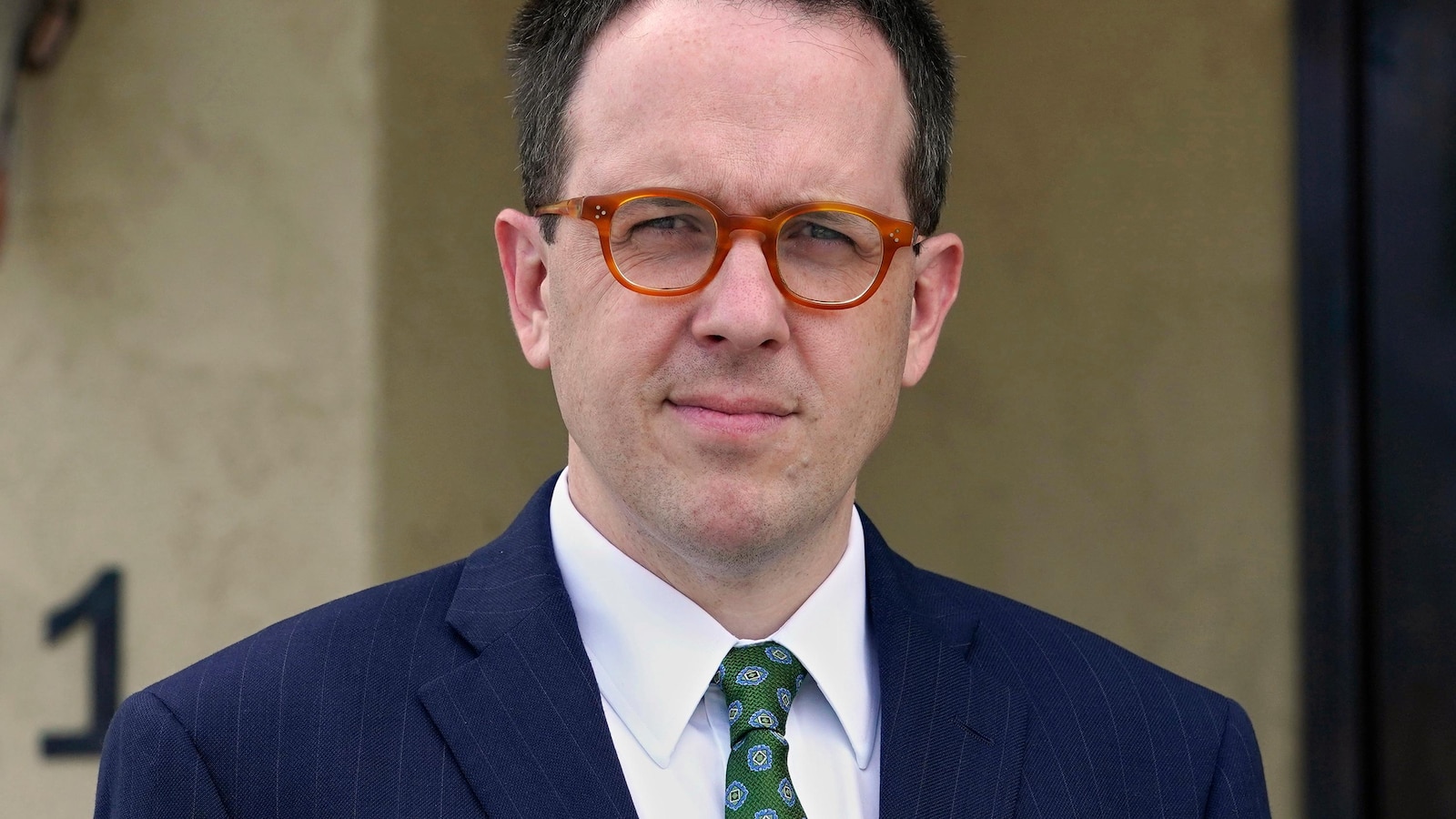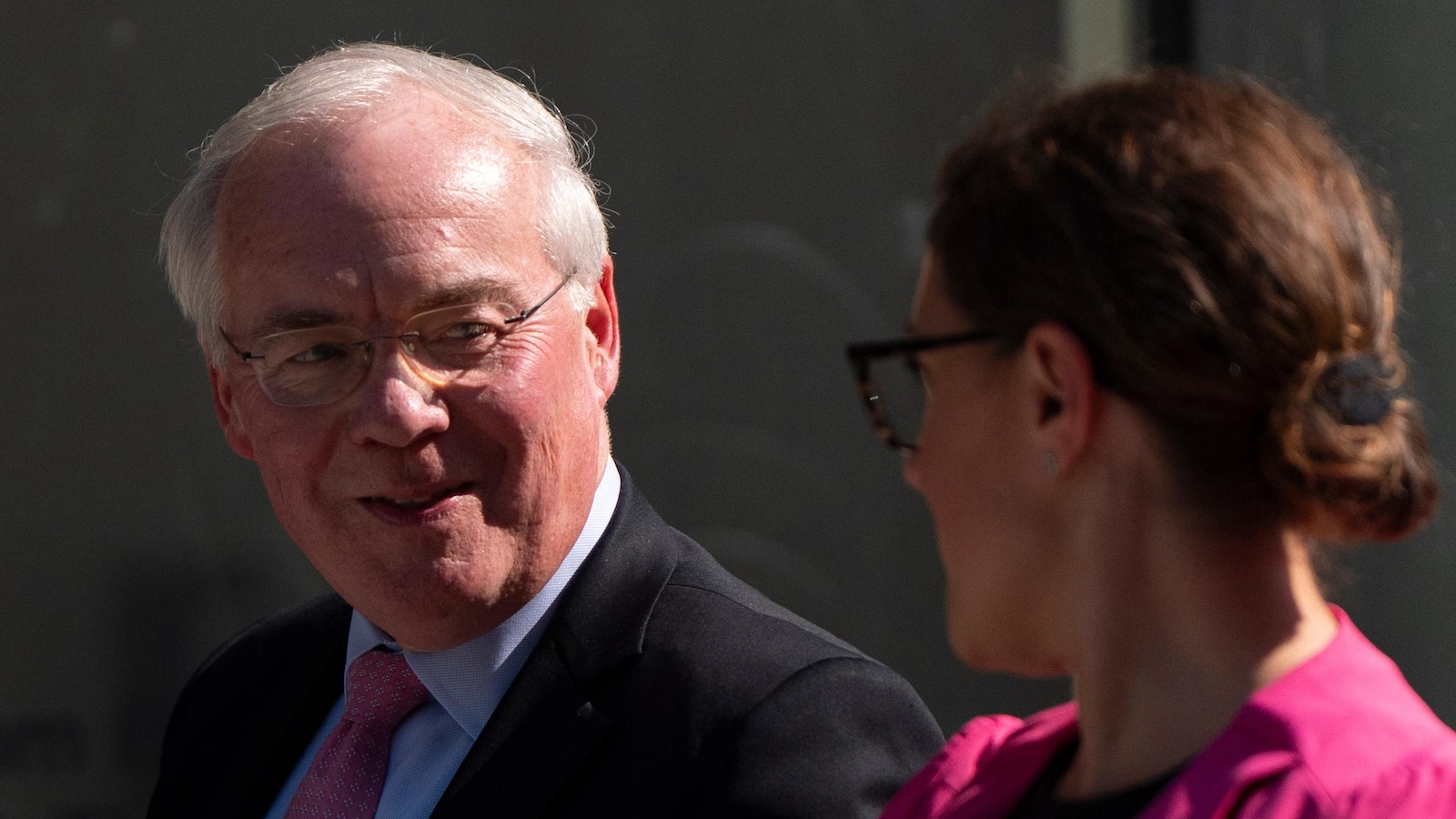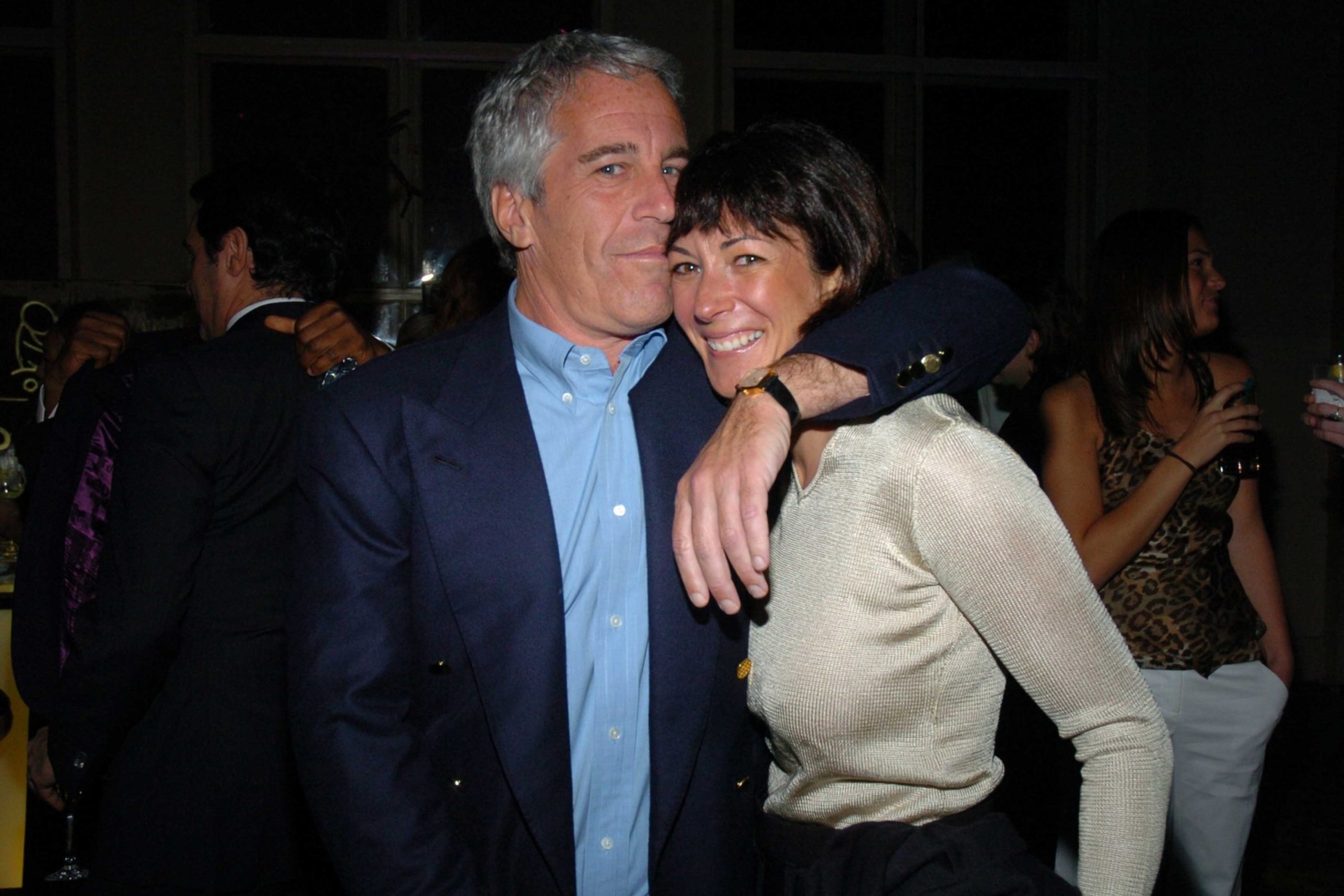
OKLAHOMA CITY — The latest search for the remains of 1921 Tulsa Race Massacre victims has ended with three more sets containing gunshot wounds, investigators said.
The three are among 11 sets of remains exhumed during the latest excavation in Oaklawn Cemetery, state archaeologist Kary Stackelbeck said Friday.
“Two of those gunshot victims display evidence of munitions from two different weapons,” Stackelbeck said. “The third individual who is a gunshot victim also displays evidence of burning.”
Forensic anthropologist Phoebe Stubblefield, who will remain on site to examine the remains, said one victim suffered bullet and shotgun wounds while the second was shot with two different caliber bullets.
Searchers are seeking simple wooden caskets because they were described at the time in newspaper articles, death certificates and funeral home records as the type used for burying massacre victims, Stackelbeck has said.
The exhumed remains will then be sent to Intermountain Forensics in Salt Lake City for DNA and genealogical testing in an effort to identify them.
The search ends just over a month after the first identification of remains previously exhumed during the search for massacre victims were identified as World War I veteran C.L. Daniel from Georgia.
There was no sign of gunshot wounds to Daniel, Stubblefield said at the time, noting that if a bullet doesn’t strike bone and passes through the body, such a wound likely could not be determined after the passage of so many years.
The search is the fourth since Tulsa Mayor G.T. Bynum launched the project in 2018 and 47 remains have now been exhumed.
Bynum, who is not seeking reelection, said he hopes to see the search for victims continue.
“My hope is, regardless of who the next mayor is, that they see how important it is to see this investigation through,” Bynum said. “It’s all part of that sequence that is necessary for us to ultimately find people who were murdered and hidden over a century ago.”
Stackelbeck said investigators are mapping the graves in an effort to determine whether more searches should be conducted.
“Every year we have built on the previous phase of this investigation. Our cumulative data have confirmed that we are finding individuals who fit the profile of massacre victims,” Stackelbeck said.
“We will be taking all of that information into consideration as we make our recommendations about whether there is cause for additional excavations,” said Stackelbeck.
Brenda Nails-Alford, a descendant of massacre survivors and a member of the committee overseeing the search for victims, said she is grateful for Bynum’s efforts to find victim’s remains.
“It is my prayer that these efforts continue, to bring more justice and healing to those who were lost and to those families in our community,” Nails-Alford said.
Earlier this month, Bynum and City Councilor Vanessa Hall-Harper announced a new committee to study a variety of possible reparations for survivors and descendants of the massacre and for the area of north Tulsa where it occurred.
The massacre took place over two days in 1921, a long-suppressed episode of racial violence that destroyed a community known as Black Wall Street and ended with as many as 300 Black people killed, thousands of Black residents forced into internment camps overseen by the National Guard and more than 1,200 homes, businesses, schools and churches destroyed.
In a recent search of the site of the 1921 Tulsa Race Massacre, three additional victims have been discovered with gunshot wounds, shedding new light on the brutal events that took place over a century ago.
The Tulsa Race Massacre, also known as the Tulsa Race Riot, occurred from May 31 to June 1, 1921, when a white mob attacked the predominantly Black neighborhood of Greenwood in Tulsa, Oklahoma. The attack resulted in the destruction of over 35 blocks of businesses and homes, leaving an estimated 300 people dead and thousands homeless.
The recent search of the site was conducted by a team of archaeologists and forensic anthropologists, who have been working to uncover the full extent of the violence that occurred during the massacre. The discovery of three additional victims with gunshot wounds adds to the growing evidence of the brutality and indiscriminate violence that was inflicted upon the residents of Greenwood.
The new findings also highlight the importance of continuing to investigate and document the events of the Tulsa Race Massacre, as many details of the massacre were suppressed or ignored in the years following the attack. The search for additional victims and evidence is crucial in order to fully understand and acknowledge the impact of this tragic event on the Black community in Tulsa.
The discovery of these three additional victims with gunshot wounds serves as a stark reminder of the violence and injustice that occurred during the Tulsa Race Massacre. It is a somber reflection on the dark history of racial violence in America and a call to action to remember and honor the victims of this horrific event.
As efforts continue to uncover the truth about the Tulsa Race Massacre, it is important for us to confront this painful chapter in our history and work towards healing and reconciliation. By acknowledging and remembering the victims of this tragedy, we can strive to create a more just and equitable society for all.


